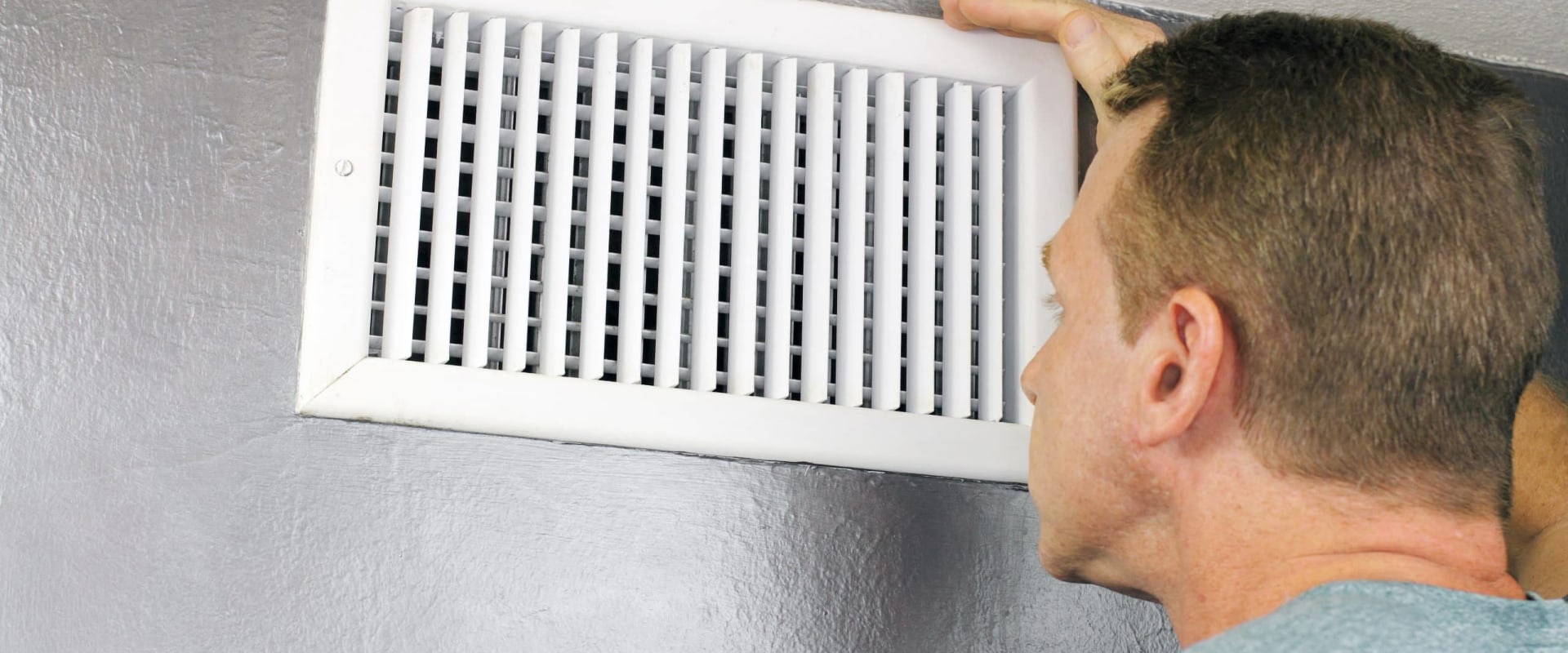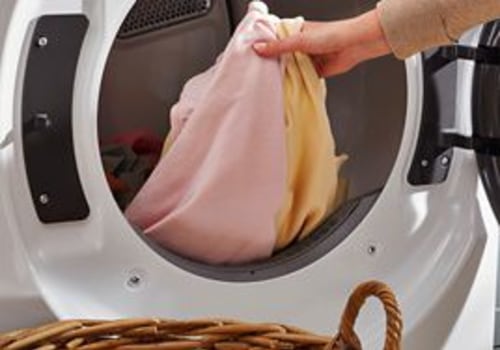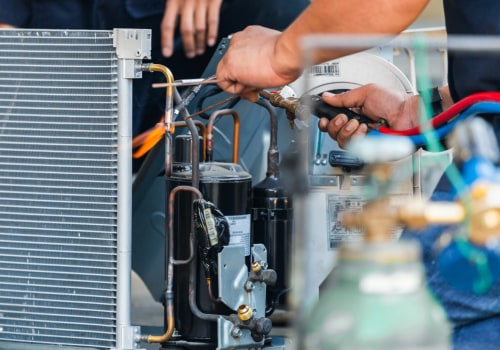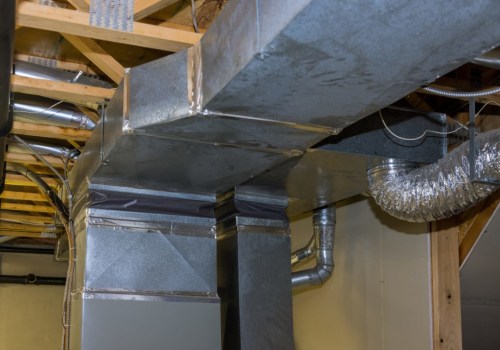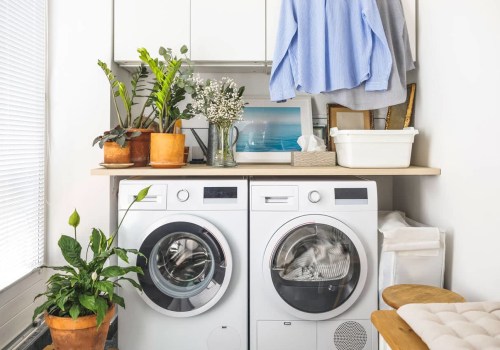When it comes to air ventilation, having the right number of air vents and returns is essential to keeping your home comfortable, healthy, and energy-efficient. But what does that mean, exactly? Understanding the fundamentals of air vents and returns is an important part of keeping your home in optimal condition. In this article, we'll discuss the different types of air vents and returns, how they work, and how their number can affect the cost of air duct cleaning. With this information, you'll have a better grasp on what goes into the cost of air duct cleaning and how to keep your home in top condition.
Number of air vents and returns
is an important factor when it comes to air ducts.The number of vents determines the amount of air that can be circulated through the system, while the number of returns determines the amount of air that can be removed from the system. The more vents and returns, the more efficient the system will be. The size of the vents and returns can also affect cost. Larger vents and returns allow for more air to be circulated throughout the space, so they will require more energy to operate.
Similarly, smaller vents and returns will cost less to operate but may not be able to adequately circulate all of the air in a space. Location is another factor that affects cost. It can be more expensive to install air ducts in areas with limited access, such as attics or crawl spaces. Additionally, air ducts installed in areas with high temperatures or humidity may require additional insulation or cooling systems to maintain optimal performance. The type of material used for the air ducts can also affect cost.
Metal ducts are generally more expensive than flexible plastic ducts, but they are also more durable and last longer. Finally, the complexity of the installation can also affect cost. Installing more complex systems with multiple branches or turns may require additional labor or specialized tools, resulting in higher costs. Proper maintenance of air vents and returns is essential for maintaining optimal performance.
Regularly cleaning the vents and returns can help prevent dust buildup, which can reduce airflow and negatively impact energy efficiency. Additionally, checking for any signs of damage or leaking can help ensure that the system is operating as efficiently as possible.
Maintenance
Maintaining air vents and returns is critical for optimal performance and energy efficiency. Proper maintenance includes checking for dust or debris that may be blocking the flow of air, as well as inspecting the condition of the vents and returns. If there are any signs of damage, such as rust or warping, they should be replaced immediately.Additionally, it is important to keep the vents and returns free of dust and dirt to ensure air flow is not blocked. It is also important to keep the air ducts clean. This will help to ensure that the air circulating through the home or business is free of contaminants. Regular cleaning of the air ducts can help to reduce the cost of air duct cleaning services, as well as prolong the lifespan of the air vents and returns.
In addition to inspecting and cleaning, it is important to make sure the size and number of air vents and returns are adequate for the size of the space. If there are too many or too few, then the air flow may not be sufficient, leading to higher energy costs. When installing or replacing air vents and returns, homeowners should consult with a professional HVAC technician to ensure that they are appropriately sized.
Factors Affecting Cost
Air vents and returns play an important role in the flow of air within a home or business, which means that their number, size, material, and complexity of installation can all affect the cost of air duct cleaning. The number of vents and returns is one of the most important factors to consider when determining air duct cleaning cost. Generally speaking, the more vents and returns there are, the higher the cleaning cost will be.This is due to the fact that it takes longer to clean a greater number of vents and returns, and it also requires more specialized equipment. The size of the vents and returns is also a factor in air duct cleaning cost. Larger vents and returns require more time and specialized equipment to clean than smaller ones, which can drive up the cost. Furthermore, if some of the vents or returns are located in hard-to-reach areas, such as attics or crawl spaces, additional equipment may be needed to access them. The material used for the vents and returns is another factor that can influence air duct cleaning cost. For example, metal vents and returns are typically easier to clean than plastic ones, as they don’t absorb dust and debris as easily. Finally, the complexity of installation can affect air duct cleaning cost.
If the ventilation system is complex and requires extra time to clean, then the cost of air duct cleaning will be higher. Air vents and returns are a critical component of any home or business, as they play an important role in regulating temperature, air quality, and energy efficiency. Understanding the number of air vents and returns and how they affect air duct cleaning cost is essential for those looking to maintain their indoor air quality. Proper maintenance of these components is key for ensuring optimal performance and avoiding costly repairs.
Air vents, returns, cost, and maintenance are all important factors to consider when assessing the overall health of a building's ventilation system.
